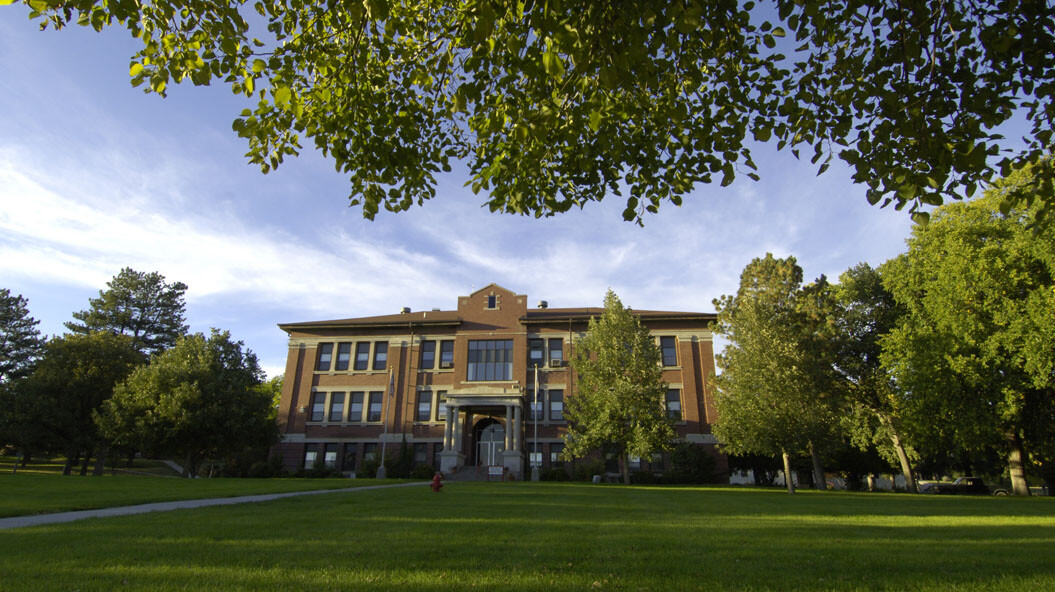
Modern roads and newer vehicles in the 1950s and 1960s helped pave the way for the first statewide technical agriculture college in Nebraska.
The University of Nebraska School of Technical Agriculture was dedicated in November 1965. Its successor, the Nebraska College of Technical Agriculture, will celebrate 50 years as a college Nov. 13, with a public program and reception at 1:30 p.m., said Ron Rosati, NCTA dean.
The institution that first opened its doors in 1913 in a large, red-bricked building in Curtis was originally a secondary school for rural students who didn’t have high schools in their communities or counties.
Many of the students who hailed from ranches and isolated, rural areas such as the vast Nebraska Sandhills attended high school for a semester at a time, returning to their family home for holiday and the summer break to work on the farm or ranch. During the school session, the out-of-town students lived in community homes at Curtis until the residential high school built dormitories.
For five decades, the Nebraska School of Agriculture was a high school with peak attendance of 415 students in 1946-1947. But the long travel times and distances to a high school gradually changed.
“Once transportation had improved and communities had their own high schools, the need for a residential high school had lessened,” said Gerald “Jerry” Huntwork of Curtis. He served as the high school agriculture instructor, then assistant dean at the college for nearly 34 years.
“Beginning the college up here was an experience because we were all pioneers,” he said. “This was something that hadn’t been done before – a responsibility, but also a huge honor to start the ag college.”
Political allies in the Nebraska Legislature, the Curtis Community Club, dedicated support staff and faculty in those early years and student enrollment were all keys to launching the college, said Stan Matzke Jr., who was the first superintendent.
He credits Horace Crandall for cultivating the idea. Crandall had served 43 years with the high school and was elected as a Nebraska legislator. He joined forces with Matzke’s father, State Sen. Stan Matzke, and prepared a resolution for a technical agriculture college at Curtis. The effort sailed through the Legislature.
Stan Matzke Jr., and his wife, Dorothy, moved to Curtis in June 1965 from Milford, where he had been with the Southeast Community College system.
That first college had no state appropriation and survived with sheer grit and determination, and great loyalty and partnership with the high school leadership, Matzke said. He used leftover monies from the high school and garnered a matching grant from Federal Vocational-Technical Funds.
The first two programs in 1965 were agricultural machinery (Mechanics I and II) and agricultural drafting (Drafting, Surveying and Soils), with 31 students enrolled. Two were out-of-state students from South Dakota and Illinois; the other 29 were Nebraskans. Later, drafting became known as ag conservation. The next two years, Matzke and Huntwork added programs in ag business, commercial horticulture, production ag and veterinary technology.
Today, NCTA features programs in ag business management systems, agriculture production systems (animal science and agricultural education; agronomy, horticulture and ag mechanics) and veterinary technology systems.
For information about NCTA, campus tours and 50th anniversary celebration events, contact the Dean’s Office at 308-367-5200 or e-mail chauptman4@unl.edu.







